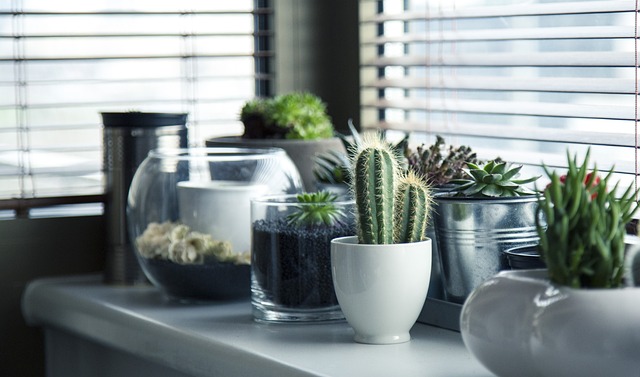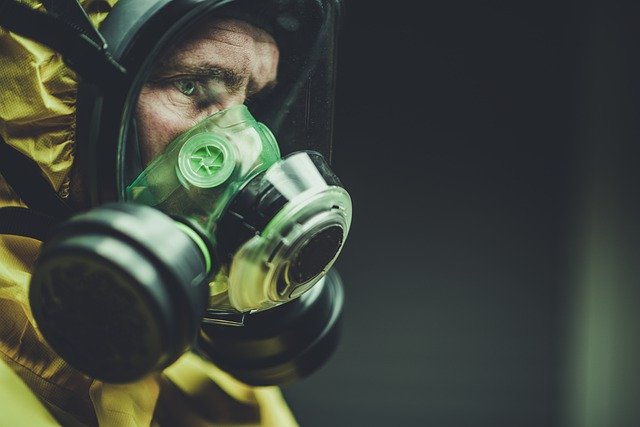What is Indoor Air Pollution? What are the various Indoor Air Pollutants?
Indoor air pollution refers to any degradation or deterioration in the quality of air inside houses, buildings, residential or commercial settings such as warehouses, offices etc. Indoor air pollutants refer to those substances that are responsible for the deterioration in the air quality inside homes and other Indoor places. These include, VOCs, indoor emissions from domestic activities, gases, chemicals, combustible materials, particulate matter, biological material etc.
You may also be interested in 10 Indoor Plants for Improving Indoor Air Quality at Home
Causes and Effects of Indoor Air Pollutants:
1. VOCs-
Sources: volatile organic carbons can be released due to paints, varnishes and wood preservatives, furniture polishing activities in the house. They may also be present in some perfumes, air fresheners and diffusers.
Effect: volatile organic carbons cause headaches, eye and throat irritation, damage to liver and kidney.
Solution: to make sure activities that involve the use of solvents, getting a paint job done in your house, or having furniture polished is done with windows and doors open to increase the flow of fresh air in homes.
2. Gaseous Emissions:
These emissions may result due to a number of ways.
Sources: It includes emissions from cooking, cleaning, smoking or vaping indoors etc. It also includes carbon monoxide, carbon dioxide emissions from these sources. Natural gas may escape from small portable cylinders used in cooking.
Effects: it may cause breathing problems for residents if house is not ventilated and it may even cause explosions incase a matchstick is lit or a light bulb is switched on without ventilating the house filled with gas first. Gas leaks from cylinders can prove fatal even if carbon monoxide accumulates in the house due to CO poisoning. Cigarette smoking causes harm to not only the smoker but also people present around him. this is termed as passive smoking and it can cause a number of health effects.
Also check out: Environmental Impacts of E-cigarettes and Vapes
Solution: regularly check all stove tops and gas cylinders are properly closed, to ventilate homes via air ducts or windows. Prefer to smoke outdoors and away from a social setting, particularly young children, the elderly and vulnerable people.
3. Lack of ventilation in homes
Source: lack of windows or not opening doors, windows, vents and exhausts often.
Effect: Poor ventilation is the biggest reason for lower indoor air quality.
Solution: Open windows and doors often.
4. Heavy metals and Particulate matter
Source: material used in construction include lead, asbestos and traces of other heavy metals; such as in roofing material and cement etc. Particulate matter arises from cooking activities, use of combustible materials, fireplaces etc. Dust particles get trapped under rugs and carpets as well.
Effect: particulate mater may be present in the building that can cause problems for many immunocompromised people. Dust particles may cause sneezing and aggravate allergic reactions.
Solution: to turn on exhaust fans for preventing accumulation of particulate matter, cleaning curtains and carpets regularly and using eco-friendly alternative products instead of those containing heavy metals.
5. Biological Pollutants
Source: Pollen and other biological material such as viruses and bacteria can be transmitted by pets and aggravated by poor ventilation. They can also travel from outdoors to indoors.
Effect: they may cause allergic reactions such as pollen allergies. In addition they may also result in rhinitis, sneezing, watery eyes, shortness of breath, asthma and also aggravate other existing conditions.
Solution: clean and disinfect houses regularly.
6. Molds and Mildew
Source: Contaminated air ducts and vents can cause growth of molds and mildew due to moisture buildup.
Effect: the growth of these can cause odor and reduce the air quality when these pollutants are distributed throughout the home.
Solution: regular cleaning and proper maintenance of heating ducts and cooling systems.
7. Formaldehyde
Sources: it may be present in cleaning, disinfectant products, waxes and organic solvents used in homes.
Effects: if used in excess or even in small amounts they can cause eye irritation, skin irritation, burns or injuries and sometimes even enter the lungs and cause throat irritation. They also give off strong odor that makes it difficult to breath in.
Solution: during use, wear masks to prevent chemical inhalation. Use in small diluted quantities to reduce the chemical odor. Turn on exhaust fans.
There are countless other ways of improving the indoor air quality as well as reducing the sources that generate these indoor air pollutants. Keeping our homes and offices clean and ventilated is the first step while using indoor plants also greatly improve the indoor air quality.
For more information, read: Sources and Effects of Common Air Pollutants
I hope you all liked this post! Please comment below if you have any suggestions, comments, or feedback! We at #envpk love hearing from our readers! Thanks!




